It’s the time of year when fresh vegetables abound as the harvest is gathered. This delightful recipe is from Eating Well. Since maple syrup is a great option, there is a conversion for maple syrup included in the recipe. Maple syrup amounts are reduced by 1/3 from brown sugar and oven times are reduced by 25°F when maple syrup is added to this recipe.
Sweet and Spicy Roasted Carrots
Ingredients:
- 8 medium carrots, peeled, halved if large, and cut into 2-inch pieces (4 cups)
- 2 tablespoons packed brown sugar*
- 5 teaspoons butter, melted
- 1/4 teaspoon ground cinnamon
- 1/8 teaspoon salt (I prefer sea salt)
- 1/8 teaspoon ground cloves (optional)
- dash of cayenne pepper
- 2 tablespoons chopped toasted pecans
Directions:
- Preheat oven to 425°F. Line a large rimmed baking sheet with parchment paper.
- Arrange carrots in an even layer in the prepared pan. Cover with foil. Roast for 30 minutes.
- Meanwhile, stir brown sugar, butter, cinnamon, salt, cloves (if using) and cayenne in a small bowl until well combined.
- Spoon the glaze mixture over the carrots and stir to coat well. Roast, uncovered, until the carrots are tender and glazed, about 10 minutes. Top with pecans.
*you could also substitute the brown sugar with 4 teaspoons of maple syrup. Reduce the oven temperature to 400°F for step 4.
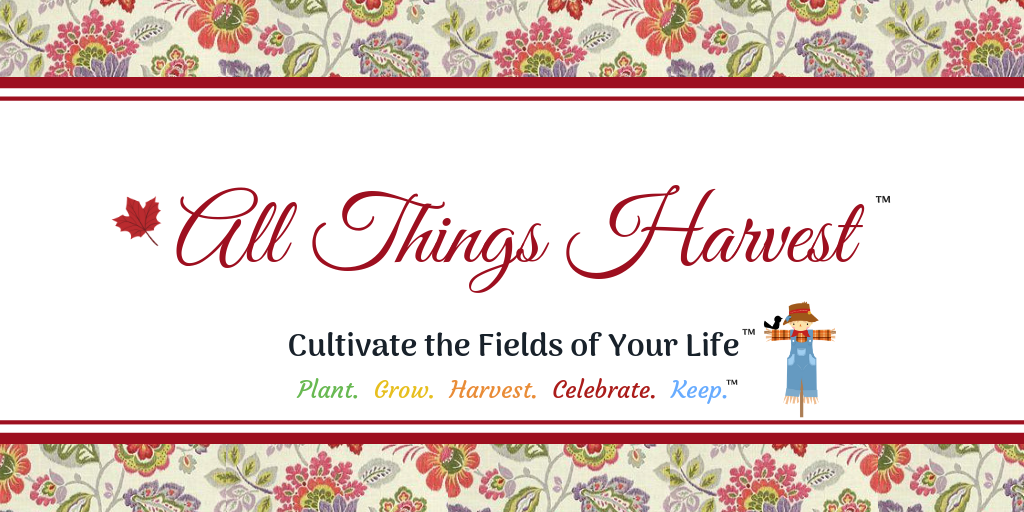
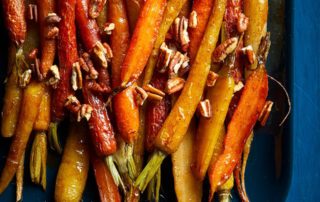

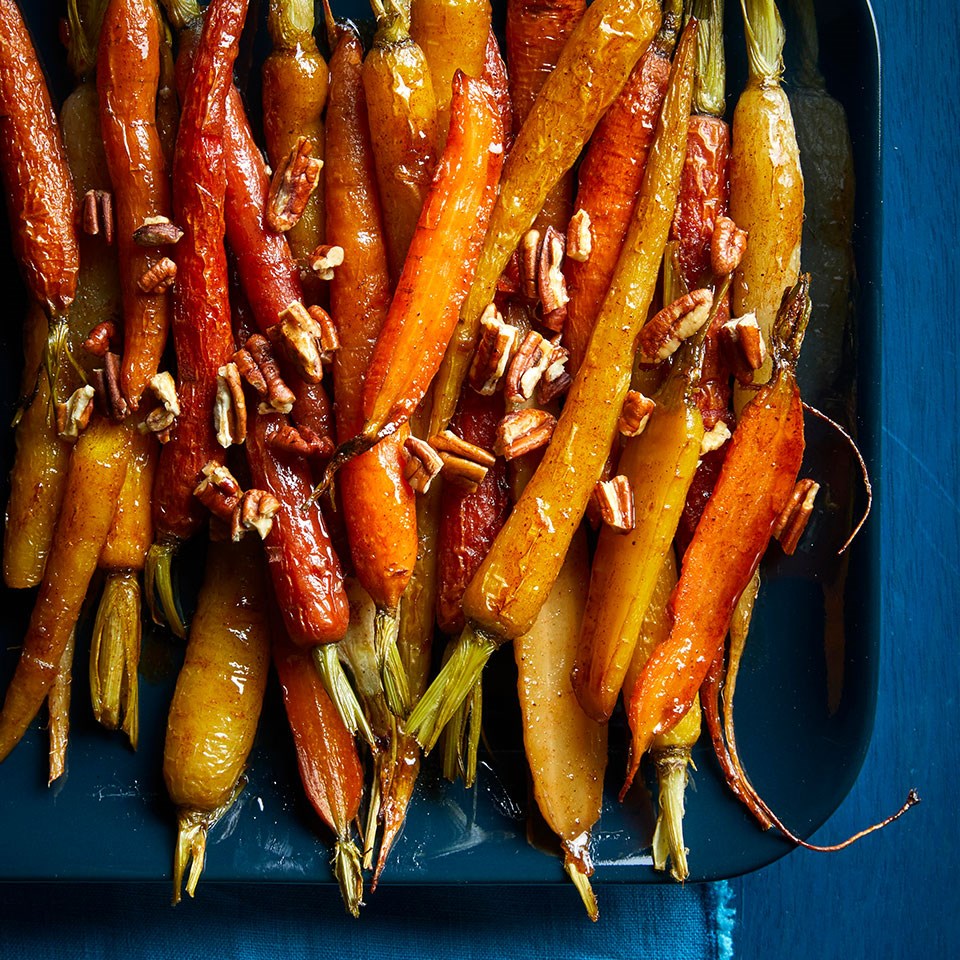
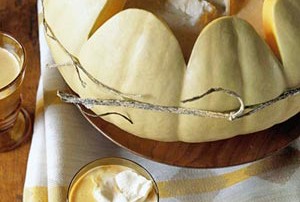

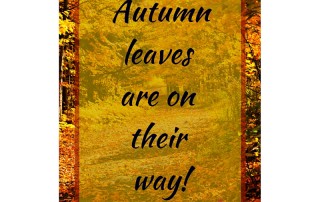
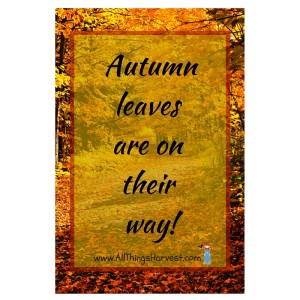
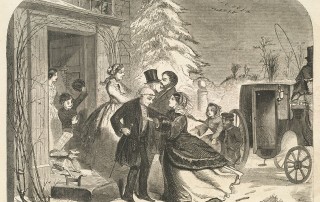
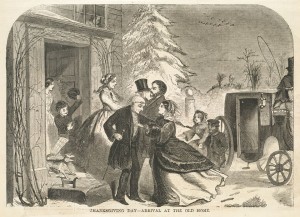
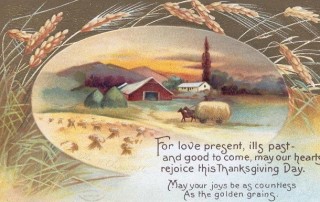
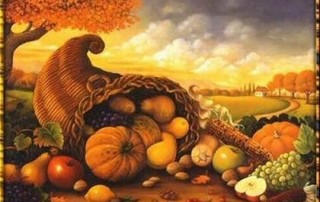

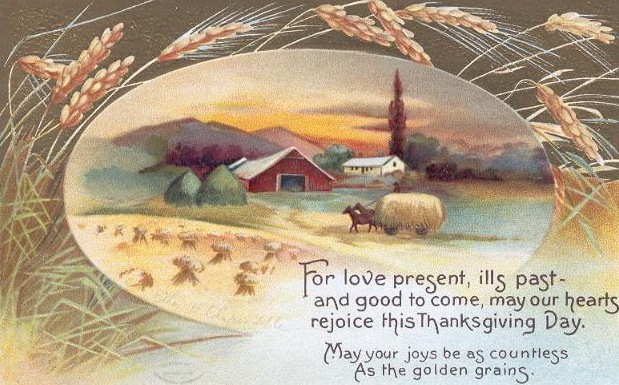
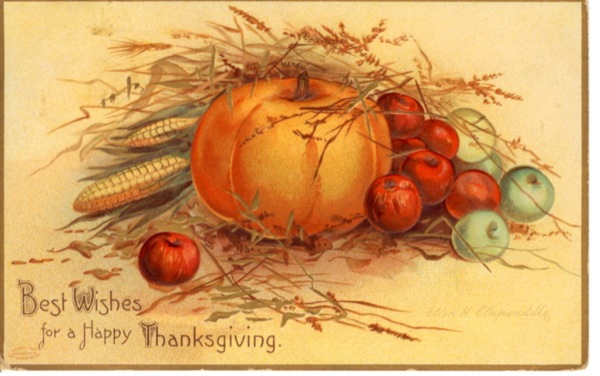




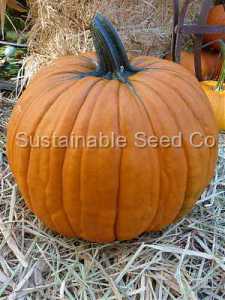
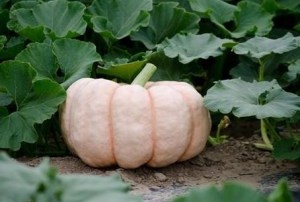


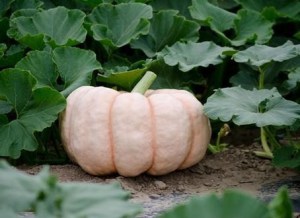


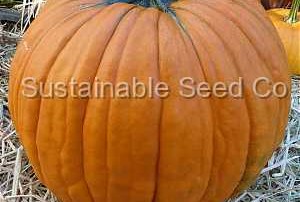
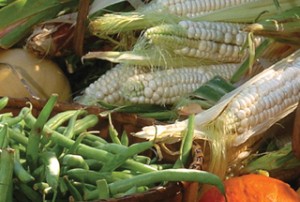
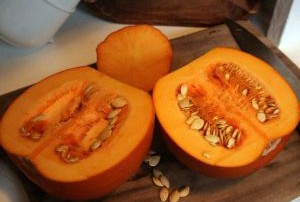
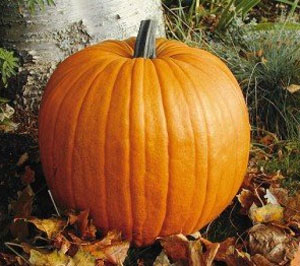

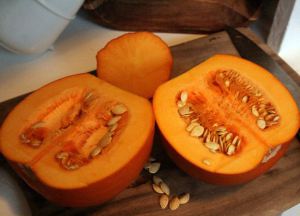
Let’s Connect
Facebook
Twitter
Google +1
LinkedIn